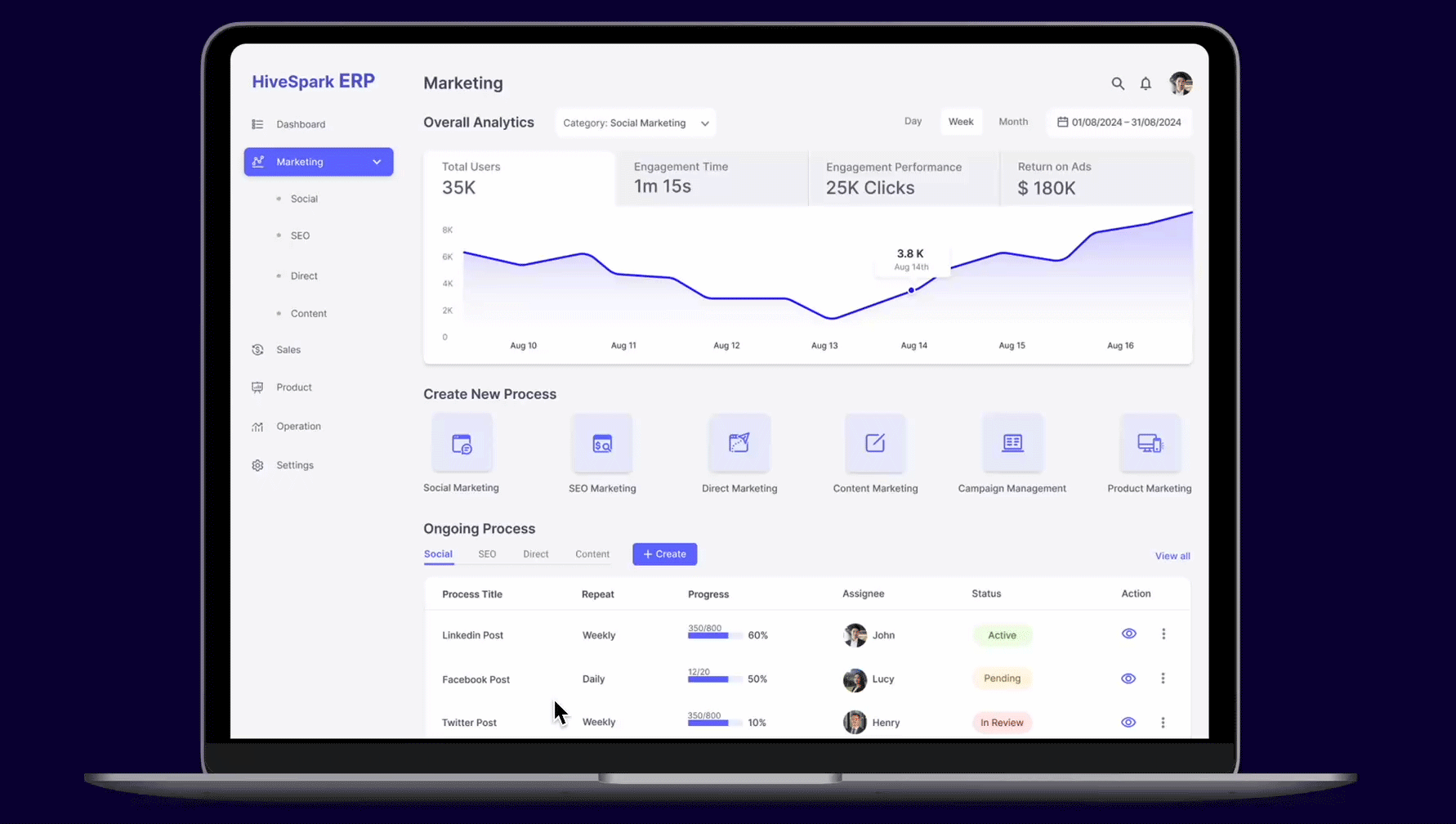AI-Driven M&A Deal Matching Platform
AI-accelerated deal matching to enhance efficiency for M&A advisors, enhance deal matching accuracy, and improve stakeholder satisfaction.
Duration
3 Month
My Role
Product Designer
Year
2024
Client
Dot Point
Our Team
We have 6 main members, and my role is focused on UX/UI design, user research, usability testing.
Vincent Lai, Product Manager
Chelsea Ke, Business Analyst
Alex Ni, Software Engineer
Downey Zhao, Product Designer
Sharon Shen, Product Designer
Jacky Pan, Software Engineer
“A close collaboration between AI software and experienced humans will be vital to offer top-notch Merge & Acquisition services in the future.”
— Dr. Marc Vogelsang
M&A involves merging and acquiring companies and connects advisors, sellers, and buyers through financial, informational, and material exchanges.
M&A System Map
Targeted Users
M&A Advisors from investment banks or advisory agencies
🔍 Deal Sourcing – Identify buyers and sellers efficiently.
📊 Project Tracking – Manage follow-ups and deal progress smoothly.
📄 Document Prep – Create and review key materials conveniently .
🤝 Stakeholder Coordination – Build trust with smooth collaboration.
User Journey Map
Problem Statement
Deal sourcing is inefficient due to challenges in seller info collection, buyer data management,
and match targeting—resulting in mismatched deals and buyer dissatisfaction.
Information Architecture
User Challenges #1
Slow and overwhelming buyer handling makes it difficult to organize information and identify
the best matches.
Pros: Clear list for easy scanning; quick chart insights for match distribution.
Cons: Users can feel cluttered with extensive data. Limited contextual info of sellers.
Pros: Maximizes the display of various matches; Allows for a focused and clear view of each buyer company.
Cons: Less efficient for high-level analysis; overwhelming for users who need quick insights.
Pros: Clear list for easy scanning; quick chart insights for match distribution.
Cons: Users can feel cluttered with extensive data. Limited contextual info of sellers.
Pros: Clear list for easy scanning; quick chart insights for match distribution.
Cons: Users can feel cluttered with extensive data. Limited contextual info of sellers.
User Feedback
“I need more detailed buyers data for various analysis.“
Side Panel provides clear seller contextual info.
Ranking and comparing matches remains challenging, delaying decisions.
Three Design Principles
Efficiency
Automate repetitive tasks for faster, seamless workflows.
Transparency
Ensure user control and easy tracking of AI-driven workflows.
Simplicity
Provide an intuitive, user-friendly platform.
How Might We streamline marketing process creation with automation
templates, enabling users to launch campaigns by managing multiple
processes simultaneously?
Ideation & Iteration
Key Improvements
More intuitive entry point for process creation
Categorized process templates by workflow
type and marketing channel
How Might We optimize process tracking and task management,
improve AI execution visibility, and prioritize urgent tasks for better
efficiency and human-AI collaboration?
Ideation & Iteration
Usability Testing
“ It would be helpful to balance high-level overviews with task-level details.”
“ It’s better to distinguish task management from process management.”
“ I need insights on what needs improvement and how to optimize workflows.”
Impacts
$10B Market Opportunity
Marketing process automation software market is expected to grow from $8B in 2025 to $18B by 2030
Efficiency for Marketing Teams
40-50% reduction in process setup; 10+ hours saved per week for a 4-member team
Transformative and Scalable Design
HiveSpark 2.0 sets the foundation for future platform modules, ensuring long-term scalability.
Reflection
I learned that transforming fragmented, manual processes into an intuitive system requires deep user research and continuous iteration.
This project taught me that transparency and control are crucial in AI automation. To build trust, users must be able to review and refine AI-driven tasks instead of relying on a "black box" system.
I realized that the intelligent marketing future lies in seamless AI-human collaboration, where automation doesn’t just complete tasks but enhances strategic decision-making.













































